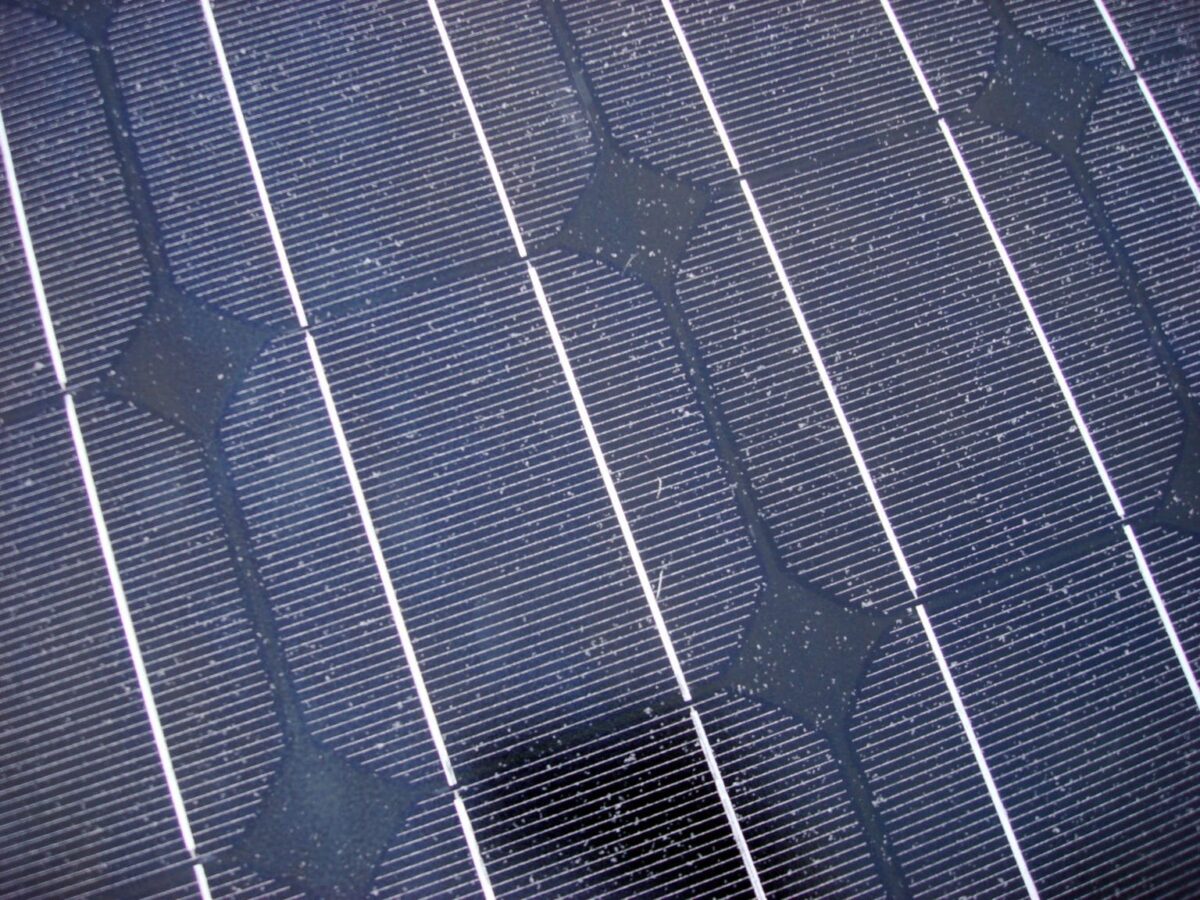An international group of scientists developed a novel dust detection method for PV systems. The new technique is based on deep learning and utilizes an improved version of the adaptive moment estimation (Adam) optimization algorithm, which is commonly used to train networks.
“The Adam algorithm combines the advantages of gradient descent and momentum methods, with the aim of adaptively adjusting the learning rate,” the scientists explained. “However, the Adam algorithm occasionally faces issues such as falling into local optima and high computational complexity.”
In order to overcome those issues, the academics proposed integrating Warmup and cosine annealing strategies into the algorithm. The Warmup technique uses a small learning rate in the early stages of training, gradually increasing it. “This helps the model to better explore the parameter space in the early stages of training, avoiding oscillation or divergence problems caused by excessive learning rate,” they added.
The cosine annealing strategy, on the other hand, causes the learning rate to change periodically between the maximum and minimum learning rates, according to the annealing curve of the cosine function. “This strategy helps to prevent the oscillation problem caused by the rapid descent speed of the gradient, thereby improving the training stability and generalization performance of the model,” the researchers explained.
The algorithms
To test the Adam algorithm, the group obtained a dataset of PV module images, some of them clean and some of them dusted. The dataset contained 3,260 pictures, and it was divided into training, validation, and testing sets in a 7:2:1 ratio.
The researchers tested the algorithm with a special neural network architecture known as ResNet-18 and compared its performance with that of five other learning algorithms. They found that the proposed algorithm reached competitive results, with an accuracy of 72.45% and a loss of 0.5301.
For comparison, the so-called Nadam (Nesterov-accelerated Adaptive Moment Estimation) algorithm reached an accuracy of 74.08% and a loss of 0.7961; the non-optimized Adam algorithm achieved 71.13% in accuracy and 0.7718 in loss, while the stochastic gradient descent (SGD) algorithm reached 69.43% and 1.4246, respectively. The Adagrad algorithm, meanwhile, achieved 73.77% accuracy and 0.5202 loss in the training phase, while the RMSprop algorithm achieved 72.01% and 0.7773, respectively.
Different architectures
“Our proposed improved algorithm achieved the best performance under GPU usage, indicating that the improved algorithm requires fewer resources to complete the same training task,” they said. “Moreover, good results have been achieved in terms of training time.”
The group also tested the improved Adam algorithm in different neural network architectures, namely ResNet-18, VGG-16, and MobileNetV2. They found that ResNet-18 showed an accuracy of 95.12% and a loss of 0.14083; VGG-16 reached 61.21% and 0.6741, while MobileNetV2 performed with 99.43% and 0.0252, respectively. Comparatively, the non-optimized Adam algorithm had an accuracy of 93.38% and loss of 0.1932 in the ResNet-18 architecture, 60.05% and 0.6811 in VGG-16, and 98.08% and 0.0248 on MobileNetV2.
“The improved algorithm proposed in this article has significantly improved the efficiency of dust detection on the surface of photovoltaic panels compared to the Adam algorithm, and is suitable for dust detection on the surface of photovoltaic panels in various large photovoltaic power plants,” they concluded.
Their results were presented in the study “A new dust detection method for photovoltaic panel surface based on Pytorch and its economic benefit analysis,” published in Energy and AI. The group included academics from China's Shenyang University and Shenyang University of Technology, as well as the United Kingdom's University of Surrey.
This content is protected by copyright and may not be reused. If you want to cooperate with us and would like to reuse some of our content, please contact: editors@pv-magazine.com.



2 comments
By submitting this form you agree to pv magazine using your data for the purposes of publishing your comment.
Your personal data will only be disclosed or otherwise transmitted to third parties for the purposes of spam filtering or if this is necessary for technical maintenance of the website. Any other transfer to third parties will not take place unless this is justified on the basis of applicable data protection regulations or if pv magazine is legally obliged to do so.
You may revoke this consent at any time with effect for the future, in which case your personal data will be deleted immediately. Otherwise, your data will be deleted if pv magazine has processed your request or the purpose of data storage is fulfilled.
Further information on data privacy can be found in our Data Protection Policy.